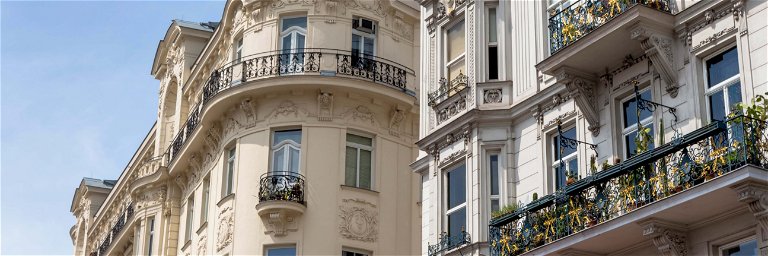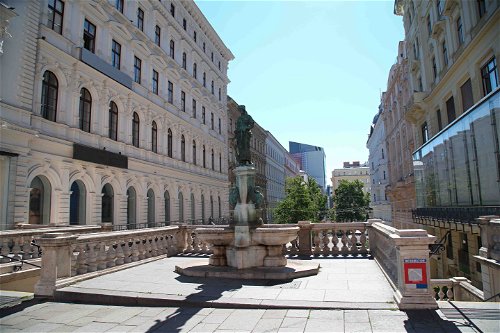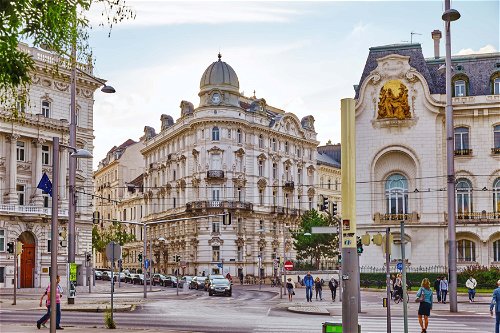Vienna: City of Symbiosis
The secret of Vienna's appeal to visitors and residents alike lies in the fruitful symbiosis of past and future. Much of their strength to set out for new shores comes from
the city from a return to its traditions.
Vienna lights up; the city glitters and sparkles with thousands of lights. A curtain of light lies over the sea of houses, illuminating streets and squares, individual buildings shine in the glow of numerous spotlights that lend their facades special accents of light and dark. On evenings like this, a strange spell is cast over the metropolis, allowing a magical feeling of life to spread throughout the urban space.
You find yourself in a cosmopolitan and lively city, where residents and curious visitors alike let themselves drift through the action, swarming out and completely devoted to the moment, absorbing the fleeting hours of a night with all their senses. Filled with a multilingual babble of voices, Vienna succeeds in developing a unique attraction that captivates young and old alike, making the city an ideal place to linger.
As the night slowly draws to a close, as the last night owls make their way home, the exuberance often gives way to a weary contentment that leads to a brief period of relaxation in which Vienna is the centre of attention. New energy for its everyday, metropolitan hustle and bustle, which will soon engulf the entire metropolis with bustling activity again.
In the past, large cities have been transformed into huge urban machines that drive a constant hustle and bustle, but at the same time have degraded the individual inhabitants to cogs that can be replaced at will, disappearing into an anonymous mass. Numerous metropolitan areas with millions of inhabitants have lost their soul in this process and, with the exception of a few local autonomies, have become interchangeable repositories for their often randomly thrown-together inhabitants.
As in many other aspects, Vienna is a major exception in this respect. Through all the turmoil and upheavals of time, the city has succeeded in preserving its independent identity, constantly evolving and adapting to the times and yet remaining true to its traditional essence.
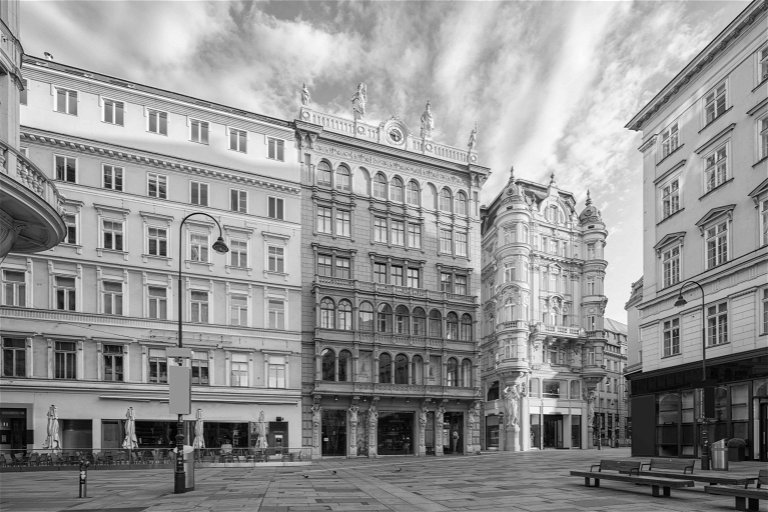
In the course of its history, the city has fulfilled numerous roles, repeatedly replacing one with another. The central residence city of a Central European multi-ethnic monarchy, in many respects a dream lost, had awakened overnight as the hypertrophied waterhead of a small state that had become reluctant to survive. New democratic political forces arose, turning the collapse into an opportunity to transform Vienna, sowing the seeds for a daring experiment as a social laboratory of the future.
It was doomed to failure due to both external resistance and internal contradictions. However, a decade and a half was enough to leave traces that have retained a formative effect to this day. For a time, it seemed as if Vienna had given up on itself and had staggered towards its own downfall in the catastrophe of the Second World War. The former centre of a European metropolitan area, which was now pushed to the provincial periphery of the new geopolitical power blocs, regenerated only with great difficulty.
Today, it seems difficult to comprehend the enormous transformation that has taken place in the city over the past three decades. The memories of the bleak years in a gray, largely destroyed city have almost completely faded. Vienna has embarked on a course for the future, which it is pursuing with determination thanks to courageous efforts.
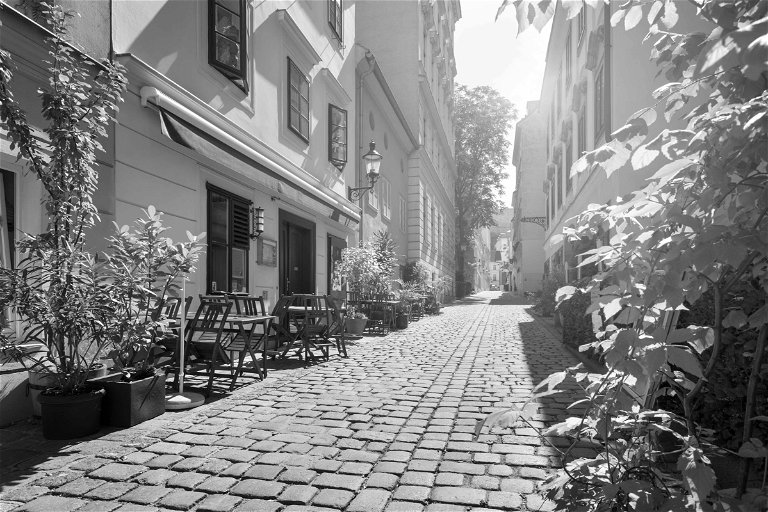
In international surveys, Vienna is regularly voted one of, if not the most liveable metropolis in the world. However, the city owes this not only to a municipal administration that functions smoothly at all levels and sees itself as a service facility for its citizens, but also to the municipal policy concept of a future-oriented metropolis of millions.
The secret of Vienna's unique appeal is probably hidden in the fruitful symbiosis that past and future have formed in the city. Much of its strength to set out for new shores comes from a return to its traditions. You will encounter stone witnesses to history on every corner in Vienna. They were often not only maintained at great public expense, but also continued as lively places with new functions. As a result, Vienna escaped the danger of freezing into an open-air museum that so many European cities similarly steeped in history have succumbed to.
After more than a hundred years of change, Vienna has succeeded in almost seamlessly continuing its glorious period of the Ringstrasse era and its rise to become one of the leading metropolises of the fin de siècle. At the same time, thanks to prudent municipal planning, it was possible to avoid the mistakes that marred the splendour of the Wilhelminian era by creating social ghettos and slums. In contrast to most large cities, there are no distinct problem districts in Vienna today in which parallel worlds have been able to develop. This is also a result of the symbiosis between past and future.
Since the days of the imperial capital, Vienna has had a great tradition of integrating immigrants from different cultural backgrounds. And Vienna has always seen itself as a place of encounter, where different interests ultimately dissolve into a new mixture. This inspires the Viennese strength to maintain their unique distinctiveness in the future.
